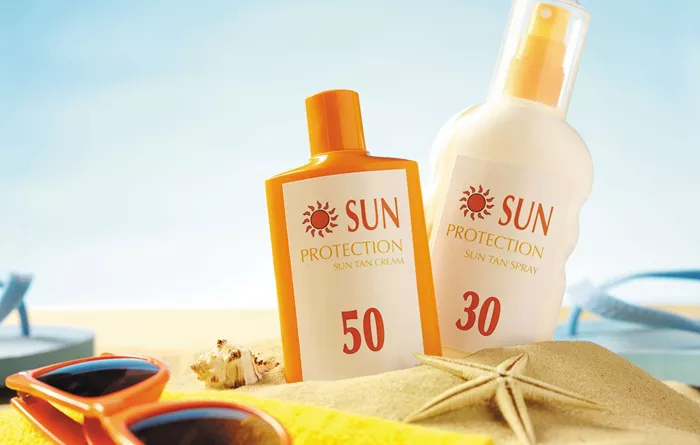A new report from the Environmental Working Group (EWG) reveals that only 25% of over 2,200 sunscreens sold in the U.S. meet safety and effectiveness standards. The group evaluated products for their ability to protect against both UVA and UVB rays and flagged concerns about potentially hazardous ingredients.
Chemical vs. Mineral Sunscreens
Chemical sunscreens, which absorb UV rays, often contain ingredients like oxybenzone and octinoxate that have been shown to enter the bloodstream and possibly disrupt hormones. These chemicals may also harm marine life, prompting bans in places like Hawaii and the U.S. Virgin Islands. While oxybenzone use has declined sharply, concerns remain over other ingredients.
In contrast, mineral sunscreens use zinc oxide or titanium dioxide to physically block UV rays and are considered safer for both people and the environment. Usage of mineral sunscreens has increased from 17% in 2007 to 43% today.
SPF Boosters and Aerosol Risks
Some mineral sunscreens contain chemical “boosters” that may artificially raise SPF ratings without improving real protection. One such ingredient, butyloctyl salicylate (BOS), hasn’t been thoroughly safety-tested and isn’t regulated as an active ingredient.
The FDA proposed new sunscreen safety rules in 2019, including testing for spray sunscreens and setting a maximum SPF of 60. However, those rules haven’t been implemented. Aerosol sunscreens, which make up 26% of the market, are still widely used despite concerns over inhalation risks and uneven coverage.
What You Can Do
Experts urge consumers to choose mineral-based sunscreens, apply them generously, and complement sun protection with shade, hats, and protective clothing.
“UV radiation is a proven cause of skin cancer,” said Dr. Kathleen Suozzi of Yale. “Skipping sun protection is not an option.”
Related topics:


